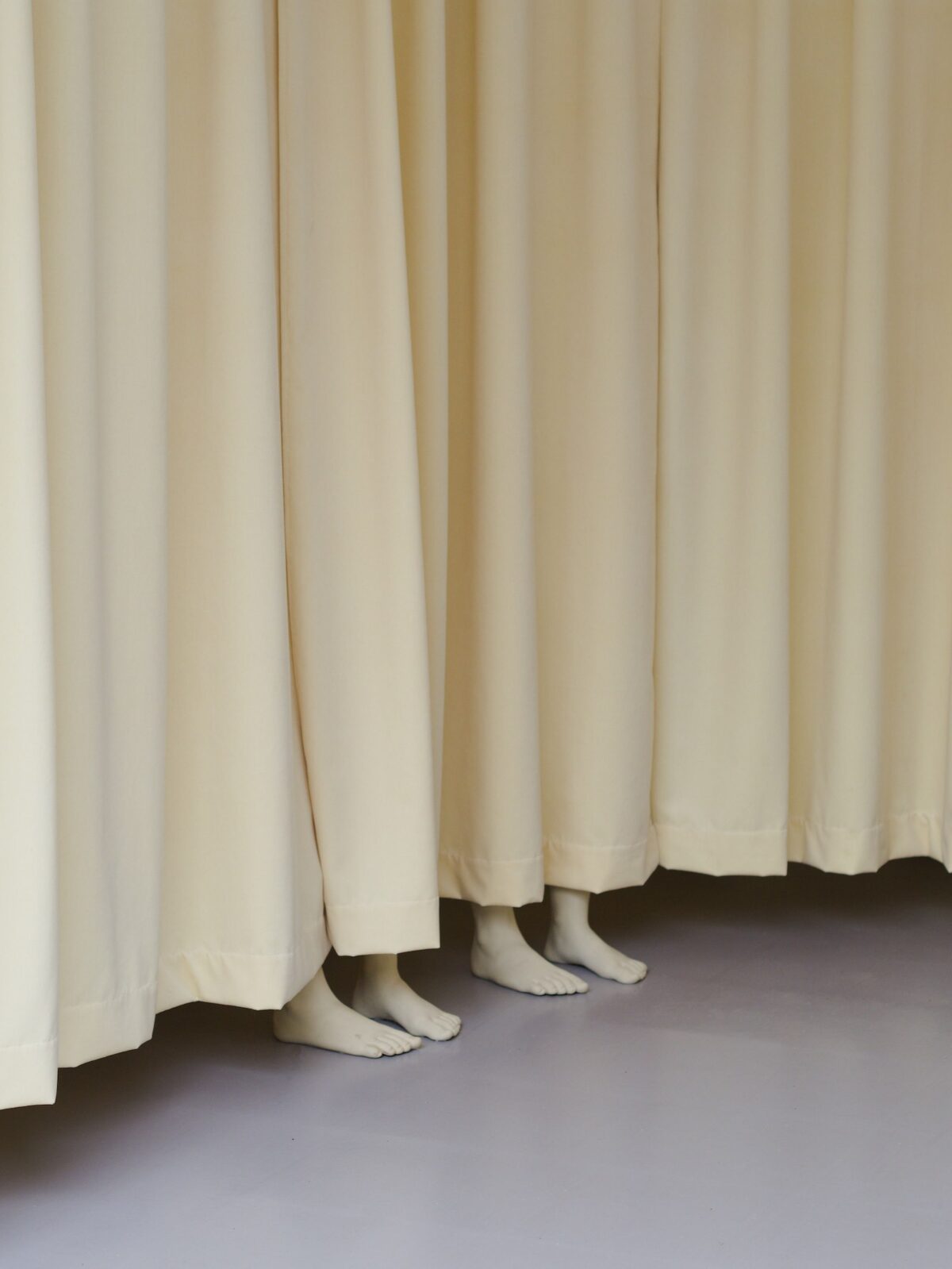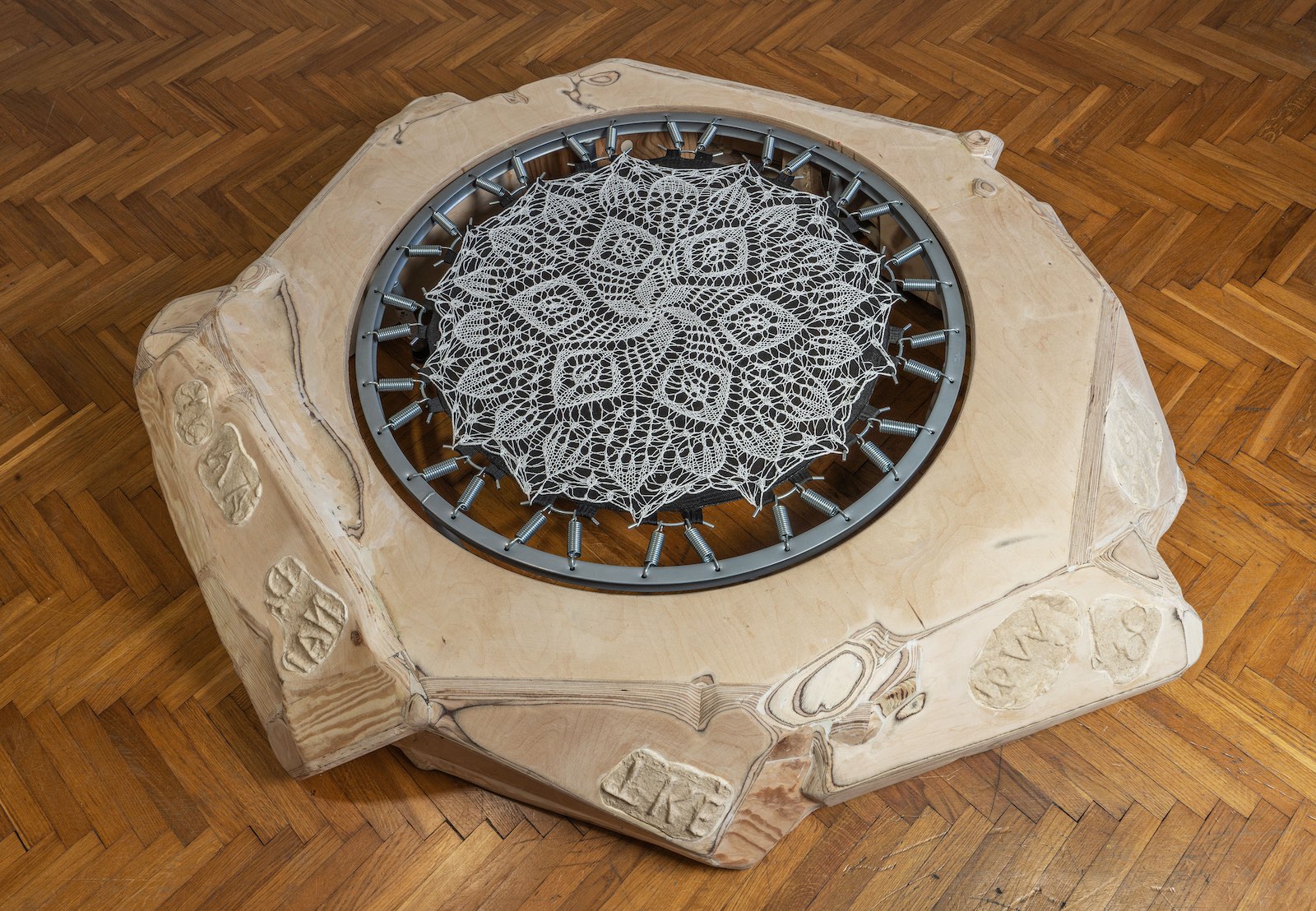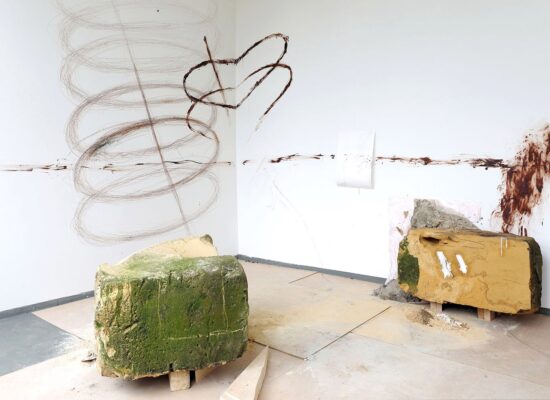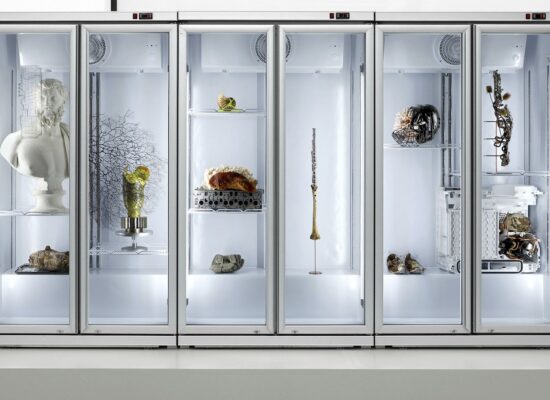How do you describe your own art practice?
My practice is rooted in the body and in the relationship between personal and collective history. I often work with sculpture, video and performative actions, exploring how trauma, especially intergenerational and social trauma, shapes our sense of self and our physical presence in the world. I’m especially interested in how the body can carry memory—how it can serve as a somatic archive. For me, art is a non-verbal space of encounter, a way of processing experience and connecting to others beyond language.
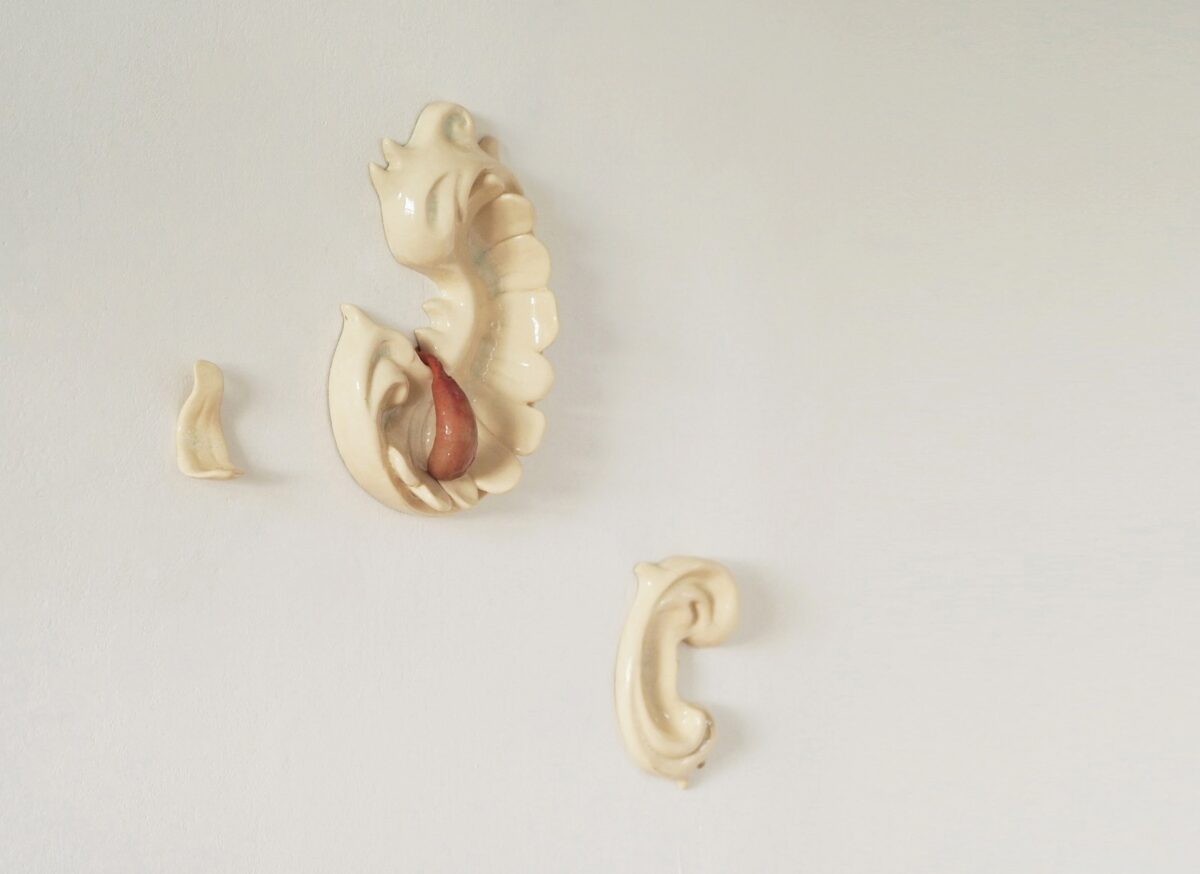
Which question or theme is central in your work?
A central question in my work is: how can we reclaim our bodies and agency in the face of inherited violence and shame? I’m interested in trauma not only as something wounding, but also as a potential space for transformation. I explore how personal pain intersects with historical conditions, especially in the Polish rural context, and how healing can happen through artistic acts—through touch, form, and symbolic gestures.
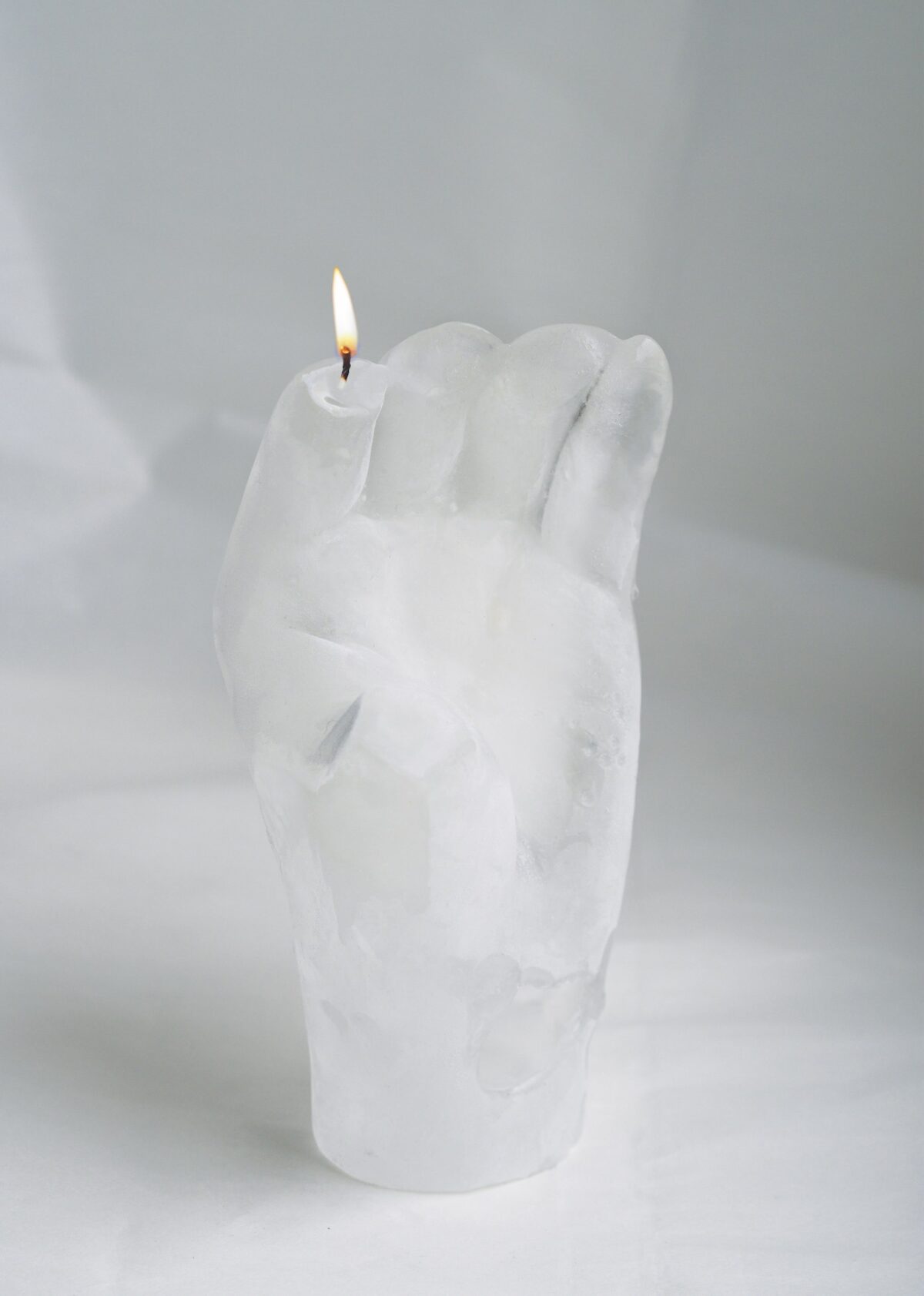
What was your first experience with art?
As a child, I didn’t have many opportunities to experience art in a traditional sense. But my mother used to crochet a lot, and I saw how much satisfaction and agency creative work could bring. I was always drawn to the illustrations in children’s books, and later to art albums, which I would study with great focus. I only started to consciously engage with art when I went to university—first studying art history, and later pursuing a degree at the Academy of Fine Arts. That’s when I began to truly understand art as a space of reflection, experience, and expression.
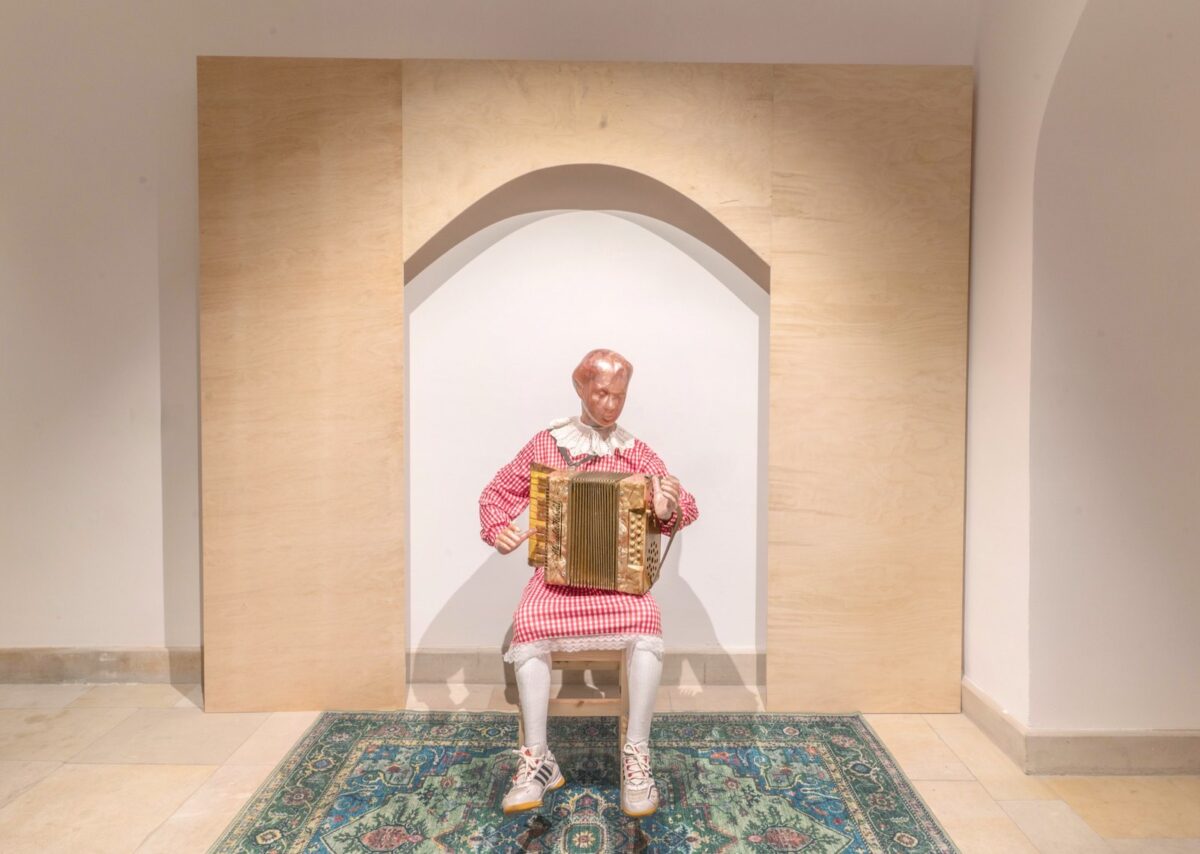
What is your greatest source of inspiration?
My greatest source of inspiration is life itself—its unpredictability, its mystery, its accidents. I’m inspired by the constant possibility of transformation: how we can change meaning, create and destroy, adapt and rebuild.
The body—in all its fragility and strength—is a central focus in my work. I’m fascinated by how it holds what cannot be spoken: memory, pain, tenderness, resistance. Working with materials like clay, wool, or skin-like silicone keeps me in touch with that sensitivity.
I’m also deeply inspired by human creativity—especially the ways people survive hardship and adapt to difficult circumstances. The quiet, repetitive, and often invisible work done by women—through craft, care, and gesture—has taught me to see survival and softness as a form of wisdom.
Somatic therapy and trauma work also influence me, especially practices that use breath, touch, and movement to restore a sense of safety in the body. All of these threads come together in my work as a way to reflect on how we live, remember, and transform.
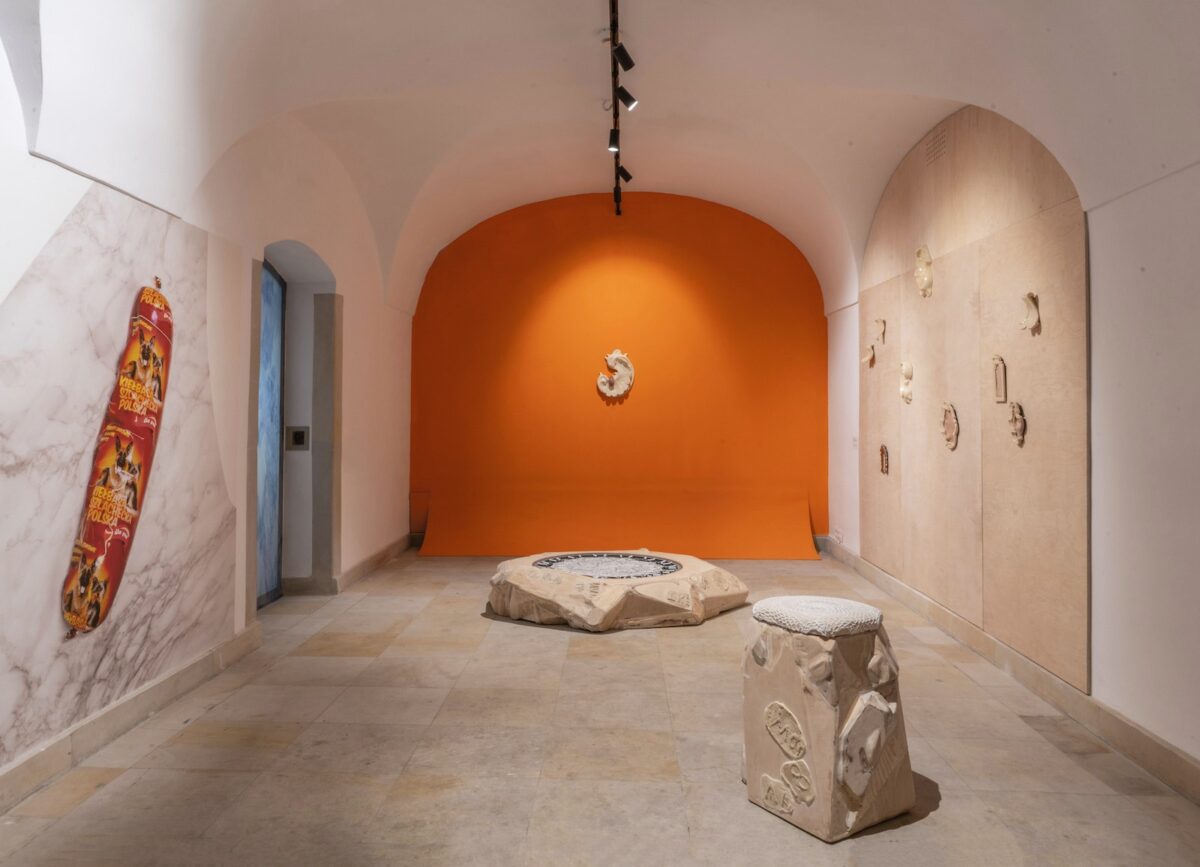
What do you need in order to create your work?
I need to slow down and have quiet around me. I need time to focus and connect with the material I’m working with. I also need physical space, because my sculptures and objects often take up room.
Just as important is emotional space—time to feel, to react to what’s happening around me, and to follow my own rhythm. When I’m stressed, it’s very hard to create. I need to feel safe and not rushed in order to do meaningful work.
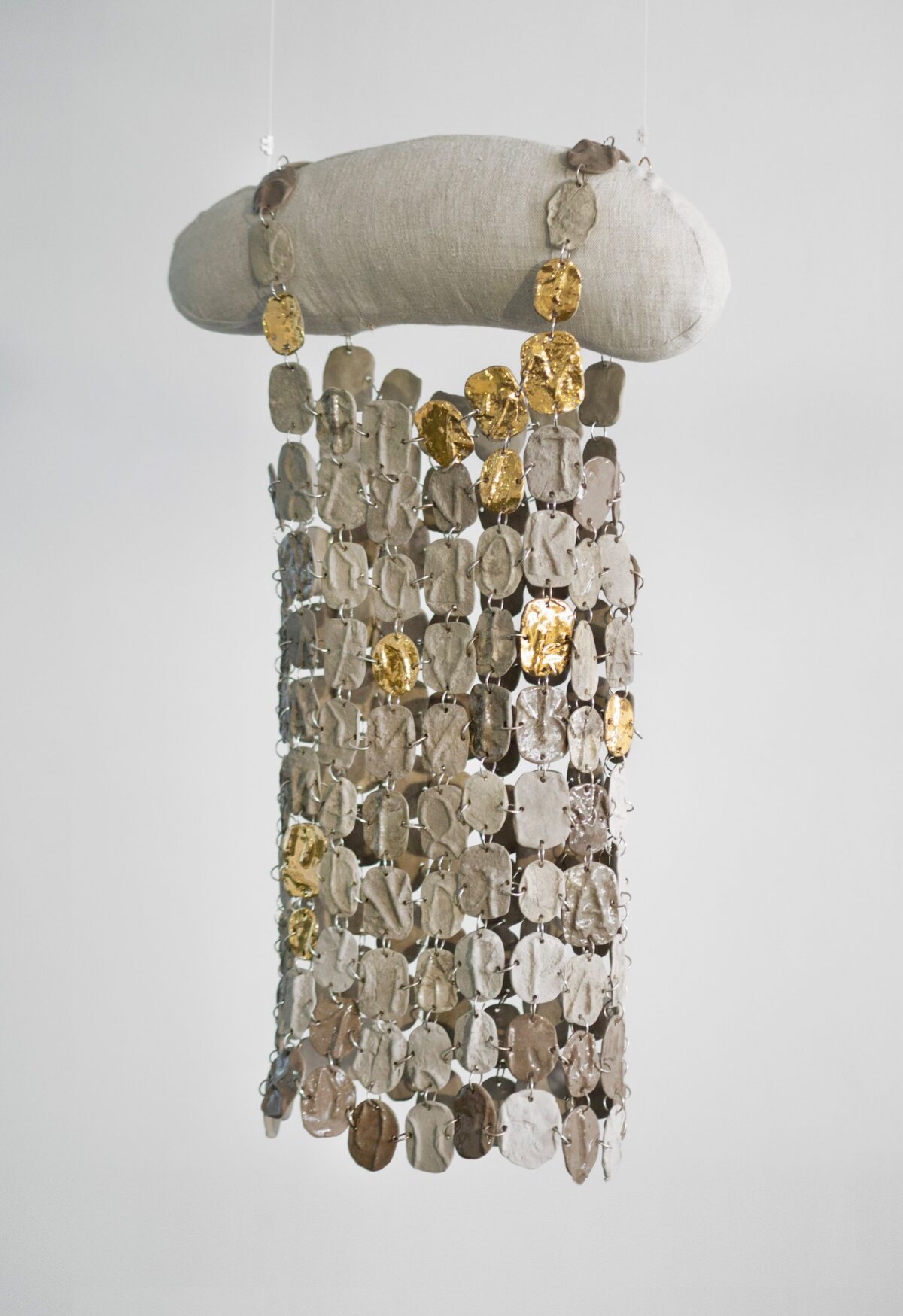
What work or artist has most recently surprised you?
I’m not sure it really surprised me, but I was genuinely touched by Massimo Bartolini’s installation at the Venice Biennale. It created a quiet but strong feeling of connection with others – like a shared moment in a crack in reality. I was impressed by how much presence it evoked using such simple means. It made me think about how minimal gestures can create a deep sense of being together.
